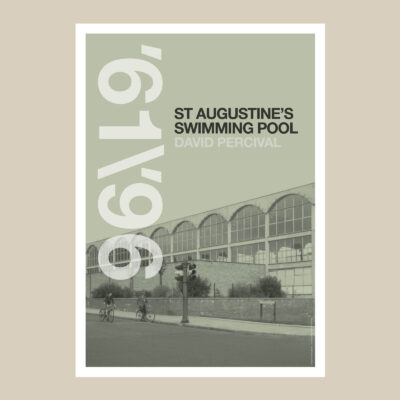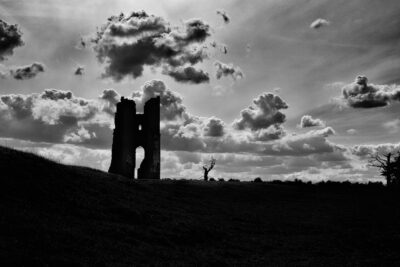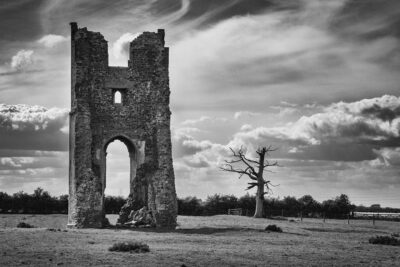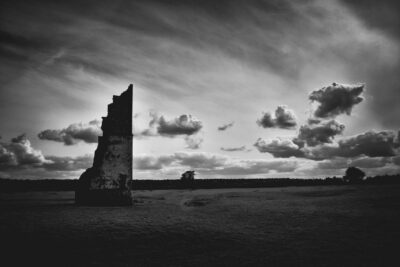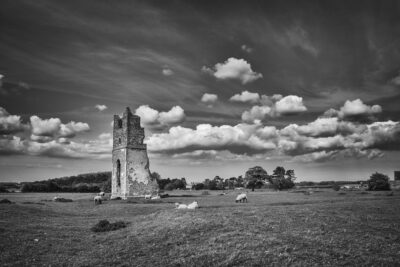A guest post from Stephen on the nature of the Wild Hunts of Dartmoor.
‘The spectre pack which hunts over Dartmoor is called the “wish hounds” and the black “master” who follows the chase is no doubt the same who has left his mark on Wistman’s Wood’ – The Quarterly Review 1832.
Today Dartmoor is much beloved and sanctified in its role as “wilderness”. There are occasional mishaps, very rarely tragic and when these sad events occur the local media adopts it’s most solemn tones in warning of the dangers. The reality is that large parts of Dartmoor, on a summer’s day, are only slightly more dangerous than a garden centre. The sanctification of Dartmoor as wilderness has lead to sanitisation: ponies protected, walkers accommodated and guided and farmers subsidised. Thousands spend their day wandering it’s paths before heading off for cream teas and uploading their day out in the wild onto Facebook.
It has not always been like this. Dartmoor that has, for millenia, been extremely hostile to sustained human settlements and life. Several times in the last few millenia entire villages have been abandoned so harsh was the physical, economic and social environment. Industry; primarily mining but also quarrying, have risen, failed and quietly disappeared. It’s true that it is now an environment shaped by humankind. The woods that once covered it are largely gone. The quarry and mine-workings still exist as do their primitive railways. But, in the darkness, it remains very empty of humans and it is from this Dartmoor, the hostile and unwelcoming landscape, from which myths and folklore emerge.
Even now if you go up onto Dartmoor after sunset or before sunrise or go during winter when the cloud is so low that it swirls and wraps itself around you. When landmarks, rare enough in this landscape, disappear or merge into each other. When the rain, for this is one of the wettest parts of the country, requires you to face down and stare at your feet. Feet that you have to watch anyway as you have lost the path and are cutting your way through bracken and black bog water. You will have no doubt that this is a wild, hostile and fearful environment. Exactly the sort of place for hell hounds.
There are several tales of Wild Hunts on Dartmoor. Squire Cabell and his hounds over by Buckfastleigh. The Yeth or Yell Hounds of North Dartmoor. More recently the tales of Squire Cabell and the Wisht Hounds seem to be merging together though they are in fact quite distinct. The Wisht Hounds appear in “The Tales of Cymry” (1848) by James Mothy and later in “Traditions, Superstitions and Folklore” (1856) by Charles Hardwick.
The Wisht Hounds ride with the Devil. The Huntsman rides at night and is particularly fond of lone travellers and unbaptised children. Some accounts claim that the Hounds themselves host the souls of these child victims. Mothy states that their favourite hunting grounds are the Abbots Way and the Ridge road on the high moor and ‘on certain nights,of which St. John’s Eve is always one, they often go in procession’.
The most famous tale regarding the Huntsman and the Wisht is detailed in Myths and Legends of Britain and Ireland by Richard Jones. ‘An old tale tells of a farmer who was once riding home from Widcombe Fair when a pack of hounds, urged on by a dark Huntsman, hurtled past him. He called out, asking how the hunt had gone, and wondering if he might share some of the game. “Take that” boomed a sinister voice, and tossed him a large bundle. Picking up the gift, with a mixture of trepidation and excitement, the farmer hurried home, eager to open his bounty. On unwrapping the bundle, however, he discovered it contained the body of his own infant son’.
Variants of this story make great play on the facts that the farmer was either so drunk that he was tied onto his horse or that the child was unbaptised. These versions possibly reflect the raconteurs’ belief or otherwise in the Wisht Hounds. During daytime the Hounds are said to be kennelled at Wistman’s wood. It is an ancient, high-altitude oak woodland noted for its stunted, surreal pendunculate oak dripping with moss and litchen.
Finally to John Fowles, author of the French Luitenant’s Woman, who wrote about Wistman’s wood in a collection of essays in the 1970s, and who was once, in Wistmans woods, convinced that he had, “like many a lonely and bemisted moorman” before him seen the Hounds.
‘Needless to say, the real black hound is the Moor itself – that is, untamed nature, the inhuman hostility at the heart of such landscapes’.
Walk on the Moor on a sunny summer’s day, smartphone snapping away and this seems childish nonsense and fantasy. Another mechanism by which to attract visitors and sell cream teas. Return that evening, when the sun has set, the day trippers have gone, the cloud has fallen from the sky and the entire nature of the moor has transformed into something far more sinister and malign, it quickly becomes obvious that this is a landscape that has birthed the Wisht Hounds.
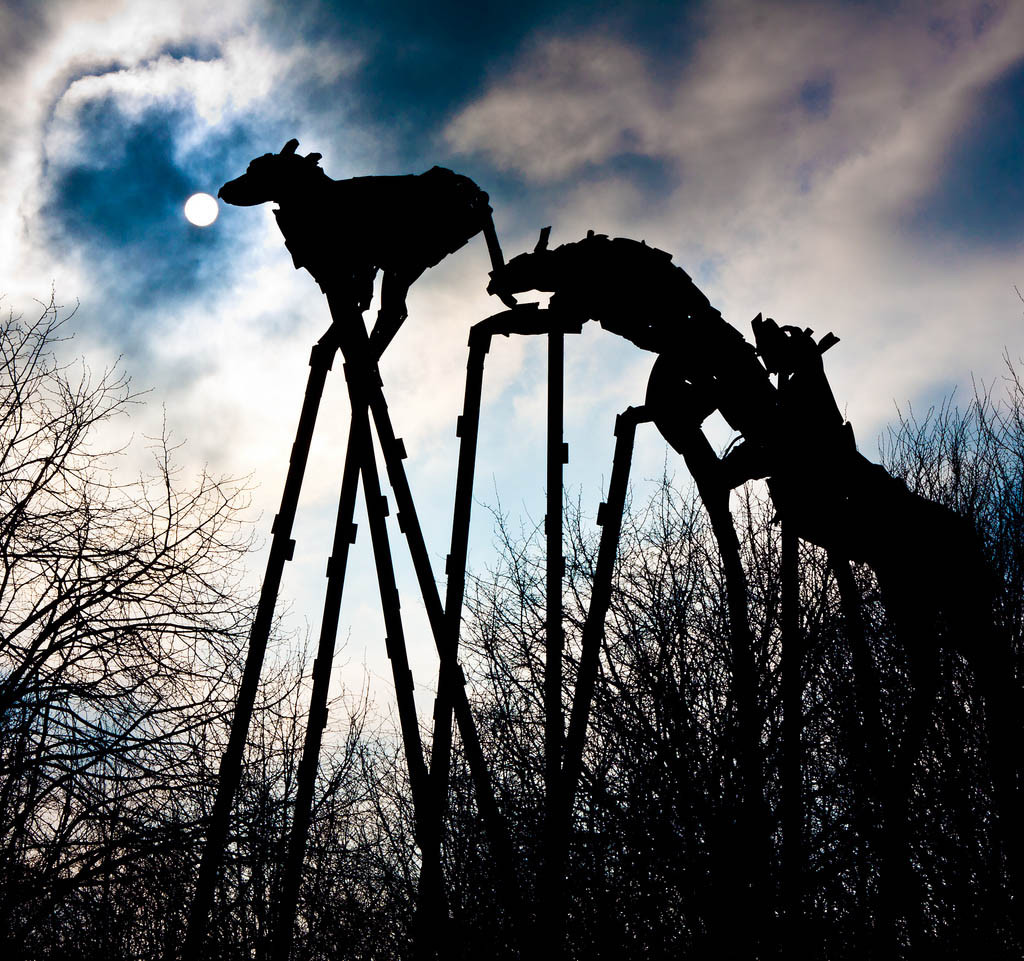
Top image: Wistman Wood Rachel Burch Landscape photographer.
Lower image: Mick Hyde. Sculpture of the Wish Hounds, Swindon, by Justin Hill.
Stephen the writer has spent a couple of decades overseas but now has settled in Devon where he is gardener amongst other things.


